For applications requiring complex parts and efficient, repeatable manufacturing processes, deep drawn stamping is one of the best processes to use. Deep drawn stamping can manufacture high volumes of parts with a combination of speed, accuracy, and consistency. It also produces parts in a single piece, which helps eliminate assembly requirements. Additionally, deep drawn components are highly durable because of the compression that parts undergo during fabrication.
Deep drawn metal stamping is particularly popular among manufacturers due to the lightweight, high-strength, and conductive properties of metal materials. However, metal can occasionally require additional processes to contribute new properties or tolerances for certain applications. To achieve this, heat treating is often used in conjunction with the deep drawn stamping process for a variety of metal parts.
What Is Heat Treating?
Heat treating processes can modify the mechanical and physical properties of metal while maintaining its shape and overall integrity. It enhances the existing properties of metal while preparing it for additional processing. Depending on the application and specific parts, there are various heat treating processes available, including:
- Entails heating metal to a designated temperature before slowly cooling it. This process is most often used for deep drawn components.
- Involves heating parts to a specific temperature under the critical point within an inert atmosphere or vacuum. This process is used to enhance the strength of iron.
- Used for treating medium-to-high carbon ferrous metals in an effort to produce bainite, which enhances the toughness and strength of metals while reducing distortion.
What Is Annealing?
Annealing is a type of heat treatment process that alters the physical and chemical properties of metals to reduce hardness while increasing ductility for improved workability. What specifically causes the change in properties is the dislocation of the metal’s crystalline structure. During heating, atoms migrate within the crystal lattice and there’s a reduction in the number of dislocations, which causes the metal’s ductility and hardness to change. While cooling and hardening, the heat-treated metal recrystallizes.
To complete this process, different types of machinery are used for annealing, including:
- Vacuum annealing furnace. This equipment is used to perform annealing and aging treatments for many types of alloy materials, stainless steel, magnetic materials, devices, copper, and much more.
- Hump-back (belt) annealing system. This system gets its name from the “humpback” of the raised heating chamber, with entry and exit tunnels on inclines on either side. The design is ideal for applications requiring a controlled hydrogen atmosphere, as heavy air entering the entry and exit doors remains outside the elevated chambers through which hydrogen gas flows.
- Retort heat treat furnace. These furnaces feature sealed vessels, which lay over or around products to separate them and the heat treating space from the furnaces’ heat source and insulation. They enable more control of workspaces involving hydrogen or argon atmospheres for optimum efficiency and accuracy.
Applications of Annealing
Annealing is the primary heat treatment process used for deep drawn components, and it is typically used to treat raw materials or components during formation. Annealing is commonly applied in between forming processes to help maintain the material’s strength while reducing stress and fatigue resulting from the deep draw forming process.
Annealing is often used for treating raw stainless steel alloys such as AM350, which is an alloy containing chromium, nickel, and molybdenum. This blend is conducive to heat treating, as it enhances the material’s strength and formability. When treated, AM350 stainless steel benefits from improved formability without any compromise in corrosion resistance or overall strength.
Custom Deep Drawn Components from Hudson Technologies
If you need dependable deep drawn metal stamping services for a particular application, Hudson Technologies has the resources required to produce top-quality, consistent results. We can produce a wide variety of custom and cost-effective metal parts for use in nearly any industry without the wastage that results from other less efficient processes.
For more information about our deep drawn stamping capabilities, or to learn about how Hudson Technologies can meet your specific requirements, contact us today.






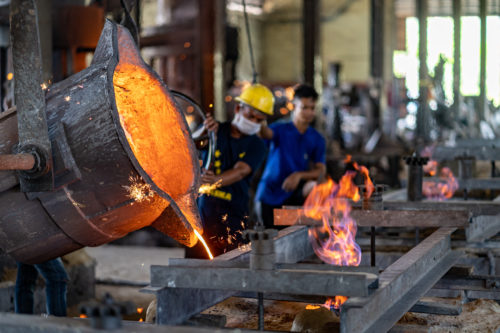
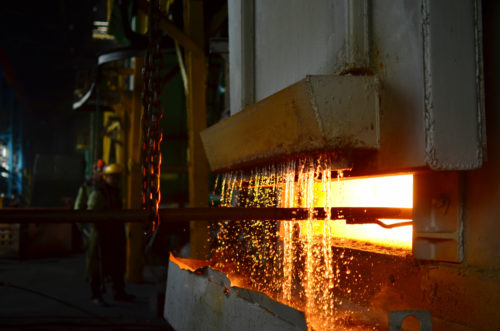
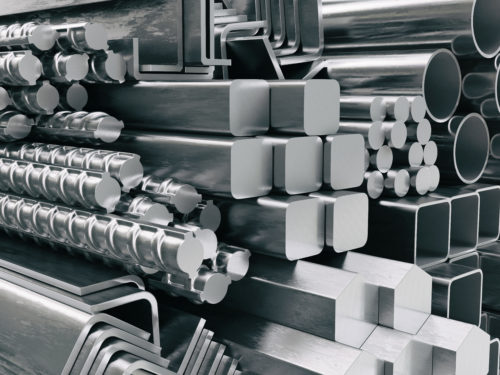
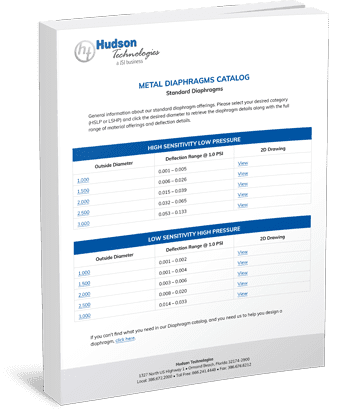


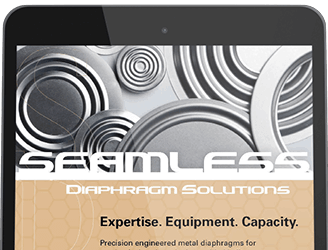

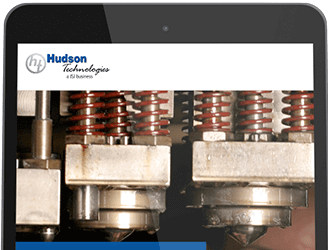




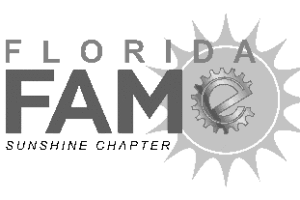

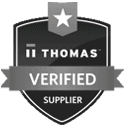

Leave a Reply